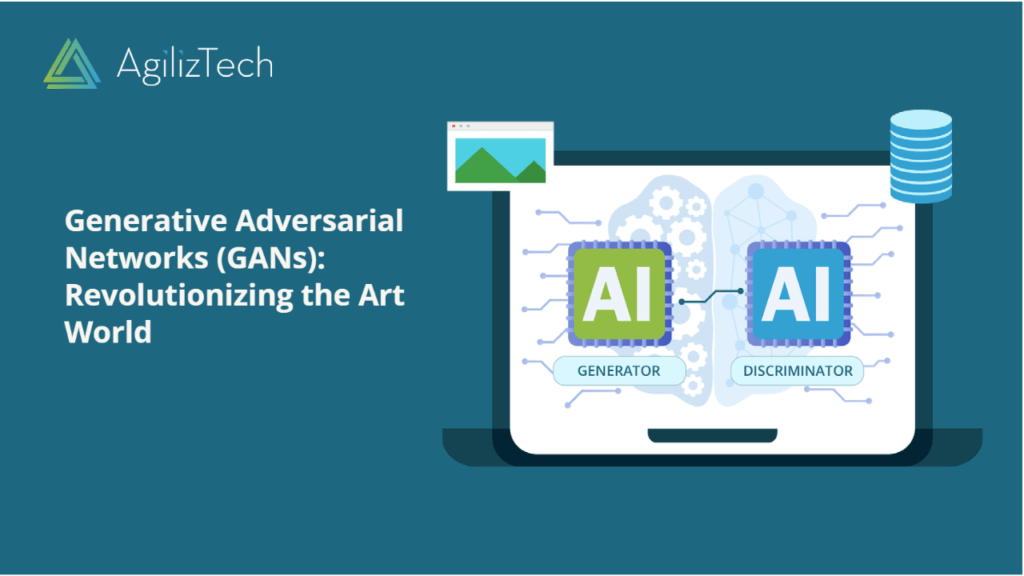GANs: Revolutionizing the Art World
Generative Adversarial Networks: Overview
Generative Adversarial Networks (GANs) have emerged as a powerful tool in the field of artificial intelligence, particularly in the realm of creative arts. With their ability to generate realistic and novel content, GANs are revolutionizing the art world.
In this blog post, we will provide an overview of GANs, explore their benefits, delve into their applications in the art field, and draw a compelling conclusion about their impact. To begin with, GANs consist of two neural networks: the generator and the discriminator.
The generator creates new content, such as images, music, or text, while the discriminator evaluates the generated content for authenticity. This dynamic interplay between the two networks leads to the refinement and improvement of the generated content over time.
Benefits of Generative Adversarial Networks
They offer several benefits that make them a game-changer in the art world:
- Creativity and Novelty: They can generate unique and innovative content that pushes the boundaries of traditional art forms. Artists and creators can explore new possibilities and break away from conventional techniques.
- Time and Cost Efficiency: Enable the rapid generation of content, saving artists significant time and effort. Additionally, GANs reduce the need for expensive materials and equipment, making art creation more accessible.
- Collaboration and Inspiration: You can use GANs as collaborative tools, allowing artists to build upon and remix existing content. This fosters a sense of communal creativity and inspiration within the art community.
Applications in the Art Field
GANs have found numerous applications in the art world, transforming various artistic disciplines:
- Visual Arts: Can Generate realistic images, paintings, and sculptures, blurring the line between human and machine-created art. Artists can explore new styles, experiment with different aesthetics, and even recreate lost or damaged artworks.
- Music and Sound: Compose original music, mimic the style of famous composers, or generate unique soundscapes. This opens up possibilities for new musical genres, personalized compositions, and the creation of AI-generated soundtracks for various media.
- Literature and Writing: They can generate text, including poems, stories, and dialogues. Writers can use GAN-generated content as inspiration or collaborate with AI systems to co-create narratives with unexpected twists and turns.
Generative Adversarial Networks: Conclusion
GANs are revolutionizing the art world by pushing the boundaries of creativity, offering time and cost efficiency, and fostering collaboration and inspiration. From visual arts to music and literature, they are transforming traditional art forms and enabling artists to explore new horizons. However, it is important to recognize the role of human artists as curators and interpreters of AI-generated content. Despite their transformative potential, GANs are tools that enhance human creativity rather than replace it. As GAN technology continues to evolve, we can expect even more exciting applications and innovations in the intersection of AI and the arts.


